In This Article
Need a thrilling adventure packed with history, nature, and vibrant culture? Head to Peru! Trek to ancient ruins, explore colorful markets, sail across high-altitude lakes, and savor world-famous cuisine. Whether you’re chasing Incan history, Amazonian adventures, or Andean peaks, Peru promises an unforgettable South American escape.
Peru Highlights:
- Machu Picchu: Hike or ride a train to the awe-inspiring Incan citadel set high in the Andes Mountains.
- Cusco: Wander cobblestone streets filled with colonial architecture, Incan ruins, and lively markets.
- Lake Titicaca: Visit the world's highest navigable lake and explore the floating Uros Islands built of reeds.
- Amazon Rainforest: Experience exotic wildlife and lush jungle landscapes on eco-lodges or river cruises departing from Iquitos or Puerto Maldonado.
- Lima: Dive into the capital’s coastal charm, top-notch museums, historic plazas, and one of the world’s most renowned culinary scenes.
When I like to visit
The best time to visit Peru is during the dry season (May–September), ideal for trekking, exploring Machu Picchu, and sightseeing in the Andes. The Amazon is warm year-round, but drier months (June–September) make jungle tours easier.
My tips for getting There
- By Air: Most international flights arrive at Jorge Chávez International Airport (LIM) in Lima. From Lima, domestic flights connect to Cusco, Arequipa, Iquitos, and other cities.
- By Land: Overland travel is possible from neighboring countries like Ecuador, Bolivia, and Chile, but flying is faster for most visitors.
Where I like to stay
- Inkaterra Machu Picchu Pueblo Hotel – Luxury eco-lodge surrounded by cloud forest near Machu Picchu Pueblo (Aguas Calientes).
- Belmond Palacio Nazarenas (Cusco) – A former convent turned into a stunning boutique hotel with spa and historic charm.
- Hotel B (Lima) – Chic Relais & Châteaux hotel in the trendy Barranco district, perfect for art lovers and foodies.
Best Things to Do
1. Hike Through History and Wonder at Machu Picchu
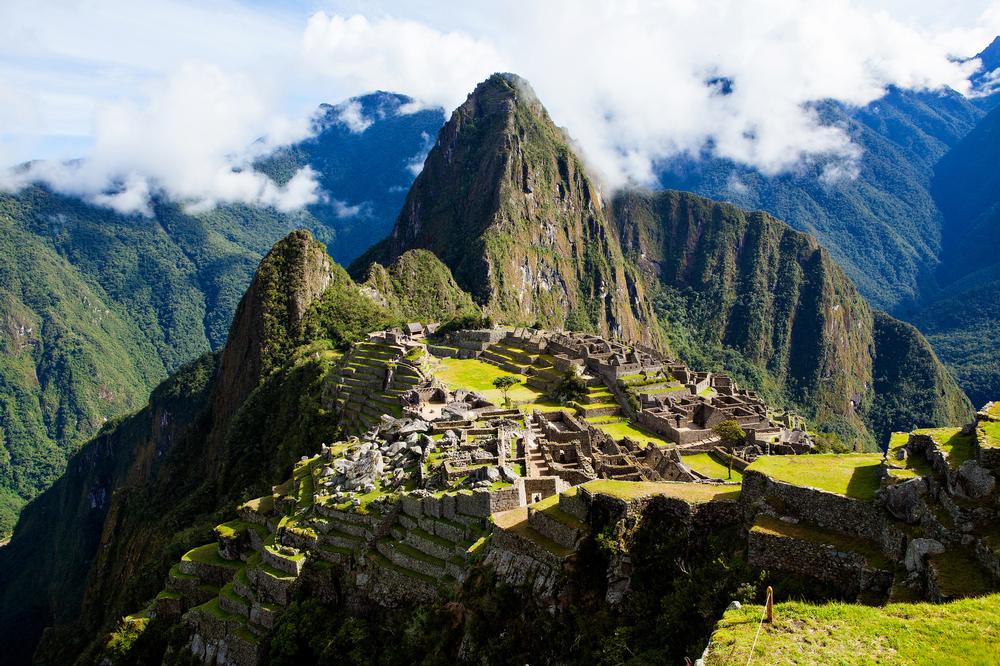
© Courtesy of flares38 - Fotolia.com
Known for being one of the most significant archaeological sites in the world, this ancient settlement draws hundreds of thousands of visitors each year from across the globe. This incredible complex of palaces, temples, and homes demonstrates the power and influence of the Inca Empire at its peak. Built for unknown reasons, Machu Picchu appears to have been at the center of the Incan civilization. Since the Incas had no written language, scholars and archaeologists are still trying to piece together the enigmatic history of this enchanting place. Visitors can see Machu Picchu alone or as part of a multi-day trek with a tour company. It is easily reachable from Cusco, the closest major city.
2. Marvel at Colonial Grandeur Inside Cusco Cathedral
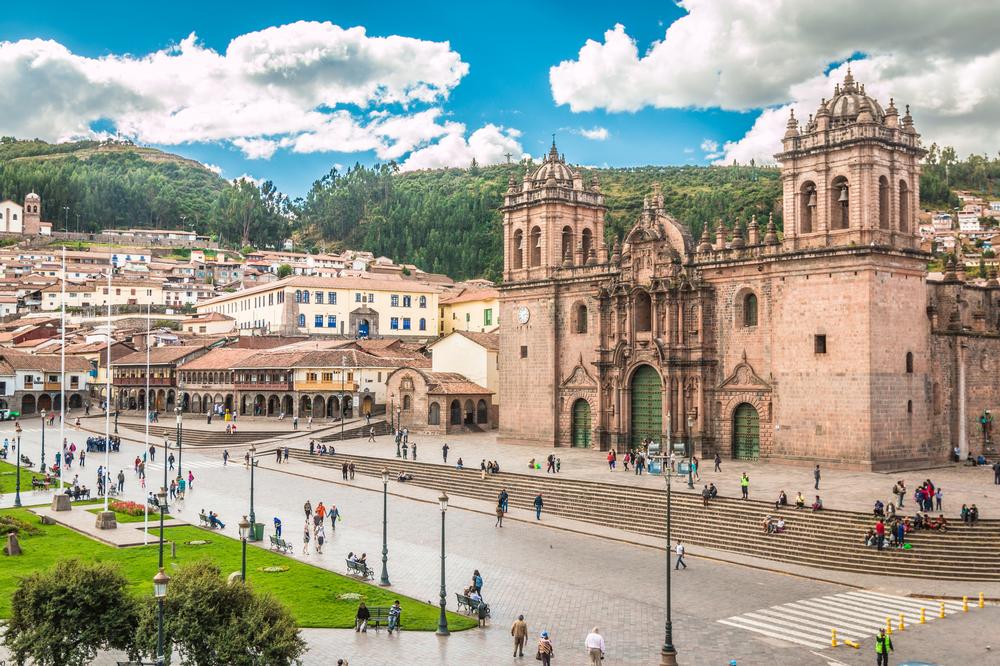
© Courtesy of pcalapre - Fotolia.com
The Cusco Cathedral is the grandest feature of Plaza de Armas, Cusco's main colonial square. Construction on the stunning church began in 1560 and ended 100 years later. In 1983, the cathedral was designated a UNESCO World Heritage Site. The key features of the building include three ornate wooden doors, an eye-catching network of ribbed arch and star-shaped ceiling beams and 14-sided chapels that house paintings, artwork, and statues of saints. Visitors enjoy seeing the Sala de la Plateria (the Silver Room), which is a small side chapel that holds a rich collection of silver artifacts. The crypts, which hold the ashes of Cusco's former archbishops, are also a popular attraction.
3. If You’re Craving Jungle Adventure, Explore Iquitos and Pacaya-Samiria Reserve
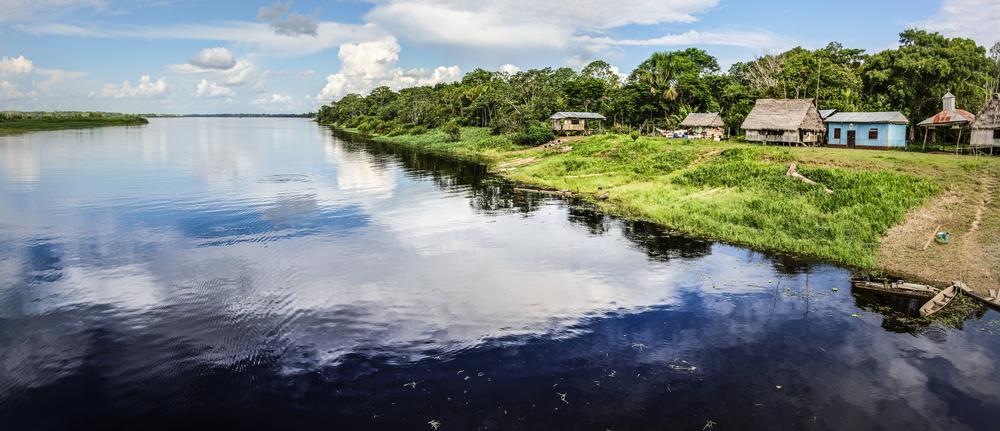
© Courtesy of christian vinces - Fotolia.com
Home to more than one third of all the species found in the Amazon Rainforest, Pacaya-Samiria National Preserve
is an excellent place for wildlife enthusiasts to watch animals in their natural habitat. Large mammals, birds, and fish are among the many unique creatures that live at Pacaya-Samiria. Puma, jaguar, deer, spider monkeys, and snakes can be found throughout the preserve, and in the streams and rivers that flow throughout the area, visitors can spot more than 250 different kinds of fish. One of the most famous creatures at the preserve is the pink river dolphin, an endangered animal known locally as the boto. Visitors can also get a glimpse of more than 1,000 plant species at Pacaya-Samiria.
4. Step Into Baroque Splendor at the Monastery of San Francisco
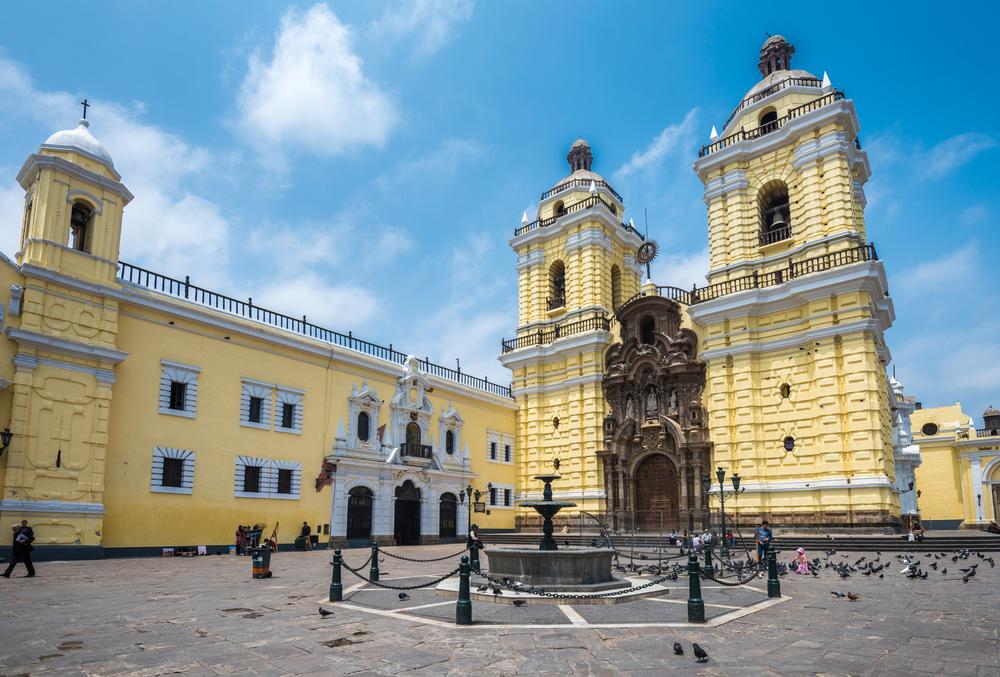
© Courtesy of javarman - Fotolia.com
Taking a tour of the Monastery of San Francisco is often considered a must do for travelers in Lima. This ornate building showcases the crucial role played by the Catholic Church throughout Peru's history and gives visitors a glimpse into the country's past. Points of interest at the monastery include the library, which holds more than 25,000 books, the beautifully designed Zurbaran Hall, the large collection of religious paintings that adorn the monastery's walls, and the secluded courtyard that surrounds the stone building. Visitors especially enjoy seeing the catacombs, which hold the bones of more than 30,000 people.
5. Uncover Ancient Agricultural Marvels at Moray
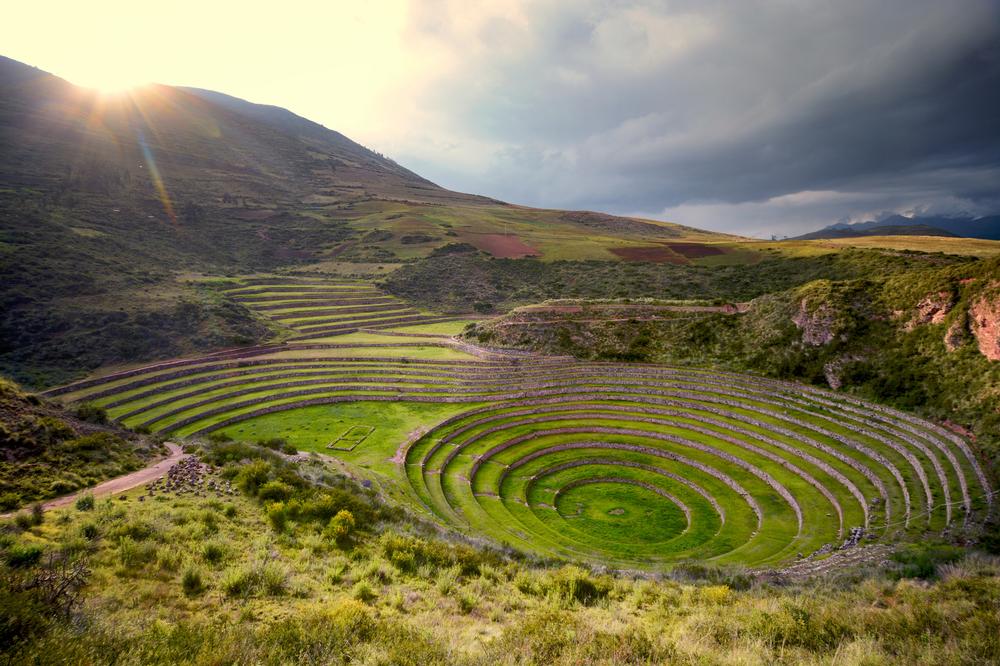
© Courtesy of alexpermyakov - Fotolia.com
As another one of Peru's archaeological mysteries, the Incan ruins at Moray attract tourists from all around the world. The site features a bowl-like crater rimmed with wide stone terraces. Many scientists believe that the site was used as a primitive agricultural research facility: studies have shown that the temperature differences among the terraces are great enough to create microclimates, which are similar to modern day greenhouses. Even with this compelling evidence, Moray's exact purpose is unclear. Today, visitors can enjoy the remains of this well-preserved site as part of a self-guided tour.
Activities and Attractions for Couples:
6. Discover Peru’s Cultural Layers at Museo de la Nacion
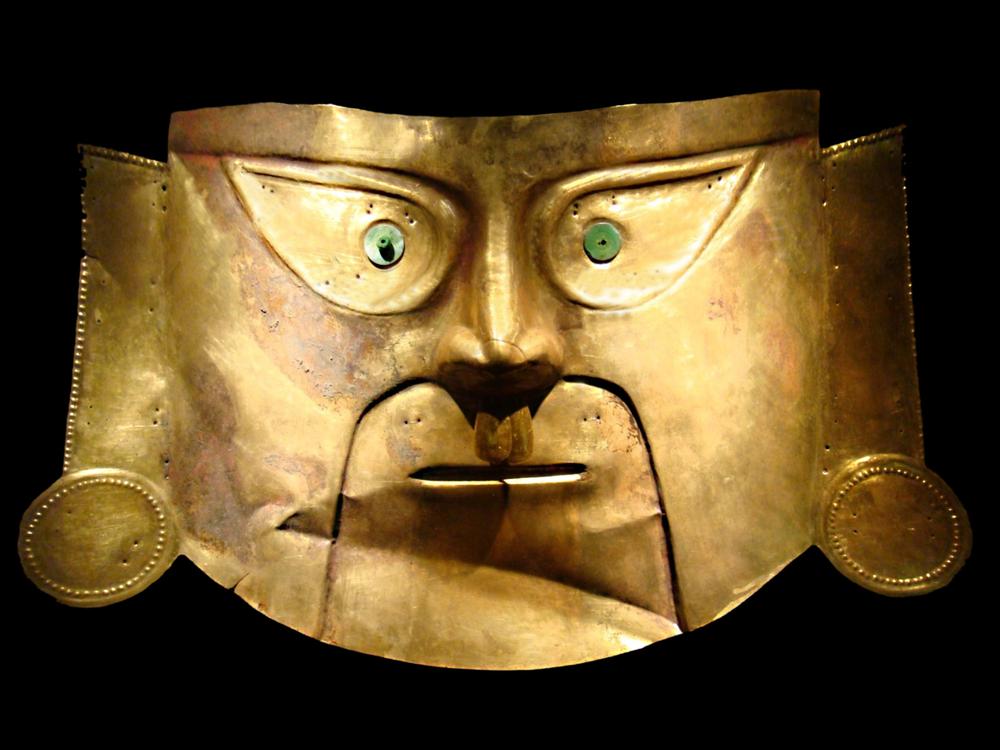
© Courtesy of Alexander - Fotolia.com
The Museo de la Nacion (Museum of the Nation) holds a vast collection of artifacts from the Nasca, Wari, and Moche people. Ancient jewelry, Peruvian folk art, and ceramics that span the entire human history of Peru are among the unique artifacts found throughout the facility. Museo de la Nacion is also the largest museum in Lima, followed by the Peruvian National Museum of Archaeology, Anthropology, and History. As of 2017, most of the museum has been closed for renovations, but some upper level exhibits are still open to the public.
Av. Javier Prado Este 2465. San Borja, Lima, Phone: +511-476-9933
7. Wander Through Andean Villages and Ruins in the Sacred Valley

© Courtesy of LuciaCG - Fotolia.com
Known for being one of the most popular areas in Peru, the Sacred Valley is the cradle of the ancient Incan civilization. As the spiritual, agricultural, and political center for the ancient Incas, the Sacred Valley contains some of Peru's most iconic sites, including the Pisac and Ollantaytambo ruins. The Sacred Valley is easy to reach from Cusco as well as Aguas Calientes, the town closest to Machu Picchu. Visitors can easily explore the area on their own, or they can join one of the many guided tours that leave from Cusco and the surrounding towns.
8. If You Want Inca Engineering and Epic Views, Visit Sacsayhuamán
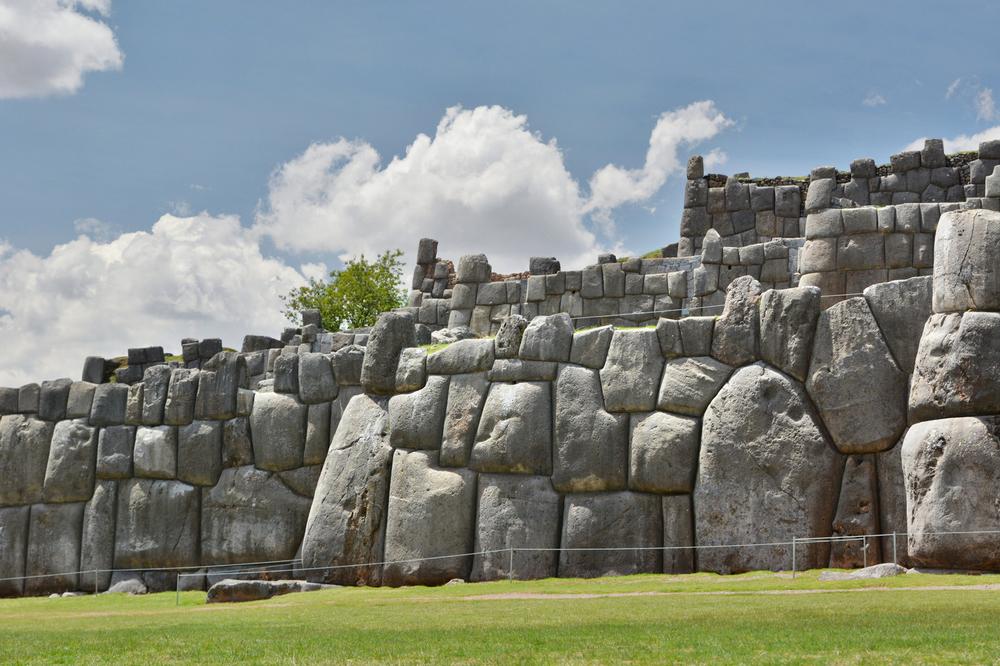
© Courtesy of Bluchiavari - Fotolia.com
Celebrated as some of the best ruins in Peru, Sacsayhuaman sits on the outskirts of Cusco. Only a quarter of the original ruins are still standing, but scientists estimate that the original complex could have held thousands of people. Walls built of tightly spaced boulders are spread throughout the area, and grass-covered paths wind through the crumbling ramparts of the ancient complex. The Spaniards looted the sacred site in the 1500s, so only the largest stones of the original buildings are standing today. Although Sacsayhuamán has traditionally been classified as a fortress, scientists are beginning to wonder if the site was actually a temple devoted to the sun.
9. Roam Peaceful Cloisters and Vivid Frescoes at Santa Catalina Monastery
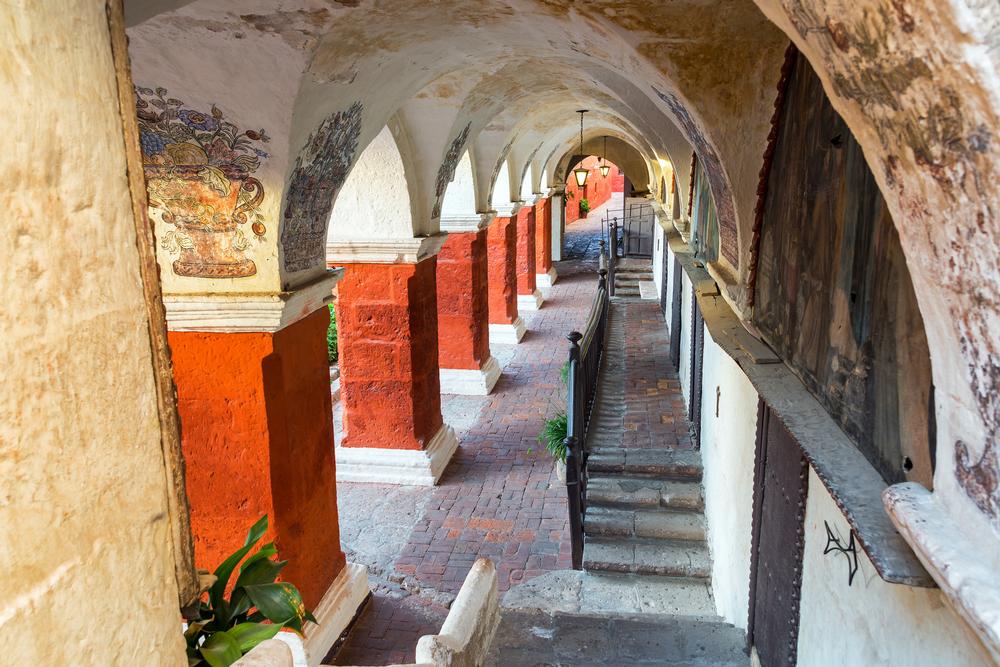
© Courtesy of jkraft5 - Fotolia.com
The Santa Catalina Monastery in Arequipa is an excellent example of Peru's religious architecture. Founded in 1597, the monastery is still a fully functioning convent to this day. At its peak, the complex held around 150 nuns and 300 servants. Santa Catalina was damaged by two powerful earthquakes in the 1960s, but the building was quickly repaired with donations from locals and outsiders. Made completely of sillar, the unique volcanic rock found in most of Arequipa's buildings, the Santa Catalina Monastery makes for a great stop during a city tour. Visitors can see the convent as part of a self-guided tour or with help from a trained guide.
Santa Catalina 301, Arequipa, Peru, Phone: +51-54-60-82-82
Where to Eat
- Central (Lima) – One of the world’s top-ranked restaurants, highlighting Peru’s incredible biodiversity through innovative tasting menus.
- Maido (Lima) – Award-winning Nikkei (Japanese-Peruvian) restaurant known for creative sushi and fusion dishes.
- Chicha por Gastón Acurio (Cusco) – Enjoy elevated versions of traditional Peruvian dishes in a warm, rustic setting.
- La Nueva Palomino (Arequipa) – Feast on hearty Arequipeña specialties like rocoto relleno and adobo stew in a historic courtyard.
If you are interested in local events:
- Inti Raymi (June) – Celebrate the Incan Festival of the Sun with colorful processions and performances in Cusco and Sacsayhuamán.
- Fiestas Patrias (July 28–29) – Celebrate Peru’s Independence Day with parades, concerts, and lively street festivities nationwide.
- Semana Santa (Holy Week) (March/April) – Experience ornate religious processions and celebrations in cities like Ayacucho and Cusco.
If you are looking for unique day trips within 30 Minutes to 1 Hour of Major Peruvian Cities:
- Sacred Valley (near Cusco) (30–60 min) – Explore traditional villages, stunning ruins like Ollantaytambo, and colorful Andean markets.
- Palomino Islands (near Lima) (45 min boat ride) – Take a boat trip to see sea lions and marine birds, and even swim near them.
- Moray and Maras Salt Mines (near Cusco) (1 hour) – Visit fascinating circular Inca terraces and dazzling white salt ponds still in use today.
- Ballestas Islands (near Paracas, 3 hours south of Lima) (longer day trip) – Cruise to this wildlife haven nicknamed the “Poor Man’s Galápagos.”
- Tambopata National Reserve (near Puerto Maldonado) (short boat trips) – Experience pristine jungle, clay licks, and wildlife just outside the city.
I get asked this a lot so I decided to include it:
-
What makes Peru a must-visit destination?
-
Home to one of the seven wonders of the world, Peru sits at the top of many travelers' bucket lists.
-
What types of landscapes can visitors explore in Peru?
-
Cities, jungles, and beaches are scattered all throughout this culturally diverse and historically rich country.
-
Who can enjoy traveling to Peru?
-
Budget backpackers, luxury travelers, and everyone in-between can relish all that Peru has to offer.
At a Glance:
| Best Time to Visit |
Places to Stay |
Tips for Visiting |
| Spring (September-November) – Pleasant temperatures, fewer crowds, and great for exploring. |
Belmond Hotel Monasterio (Cusco) – A luxury hotel in a historic monastery. |
Acclimate to the altitude in Cusco – Spend a couple of days adjusting before visiting Machu Picchu. |
| Summer (December-February) – Rainy season in the Andes but great for Amazon adventures. |
Inkaterra Reserva Amazónica (Tambopata) – A rainforest eco-lodge with incredible wildlife. |
Visit the Peruvian Amazon – Explore the rainforest with guided boat and jungle tours. |
| Fall (March-May) – Dry season begins, ideal for hiking and sightseeing. |
Tambo del Inka (Sacred Valley) – A riverside resort with stunning Andean views. |
Take the train to Machu Picchu – Enjoy breathtaking scenery along the journey. |
| Winter (June-August) – Peak tourist season with clear skies, ideal for outdoor adventures. |
JW Marriott Hotel Lima – A luxury hotel overlooking the Pacific Ocean. |
Explore Lima’s culinary scene – Try ceviche and other Peruvian specialties at top restaurants. |
How did I do?
Is the article too broad, too narrow, or just right ? Do you like the presentation of photos and text? Let me know in the comments! If you want to see more in this location, I can put it on my editorial calendar. I'm listening!
Plan Your Trip











